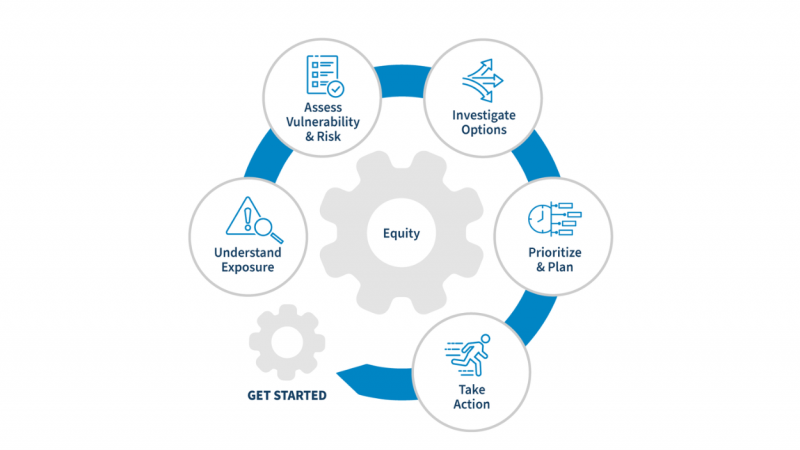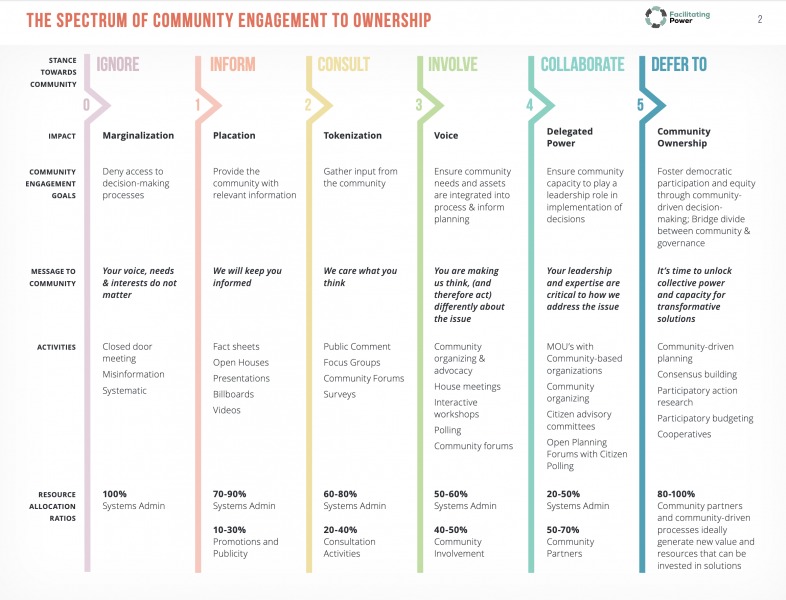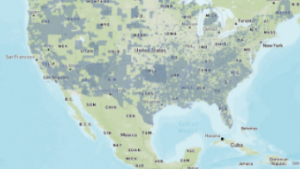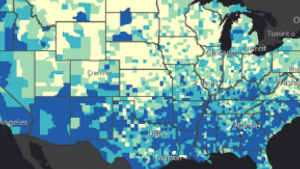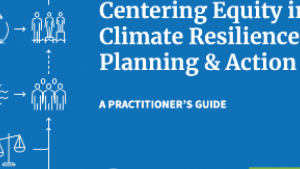Address systemic injustices by focusing on belonging, equity, and justice in climate adaptation planning and implementation.
- Acknowledge the disproportionate impacts of climate change impacts on people, communities, and cultures.
- Begin the process of dismantling existing systems of power imbalance of addressing the root causes of conflicts among the competing needs of people, the environment, and the economy
- Maintain a positive mindset about the positive attributes and strengths that diverse communities bring.

